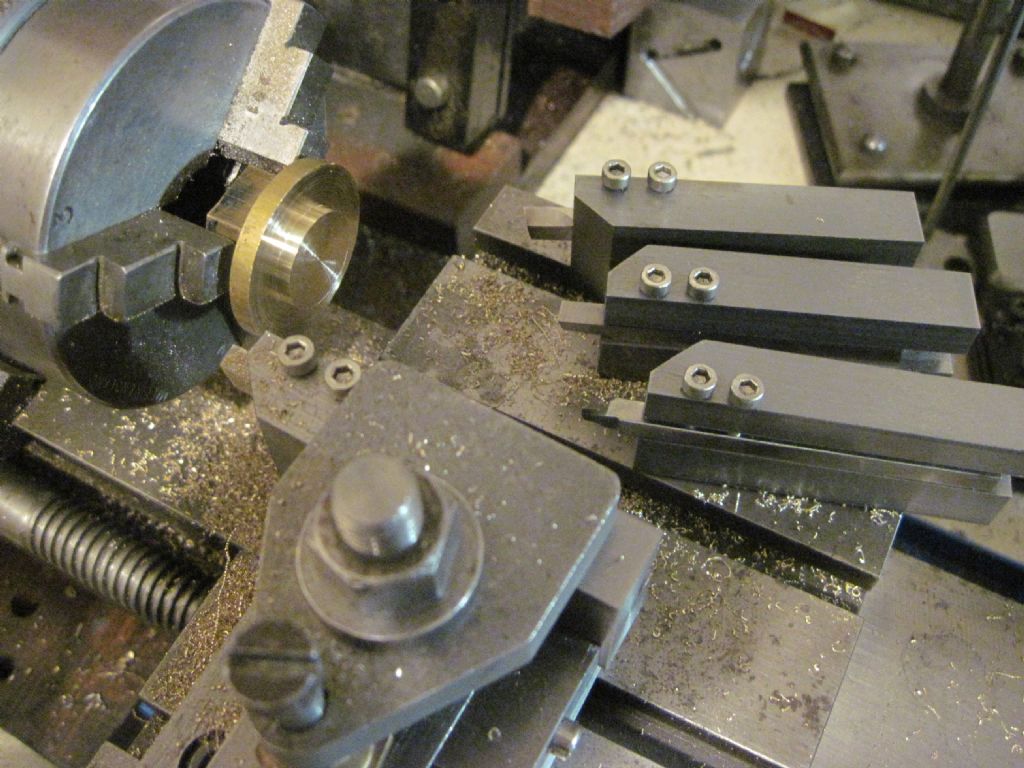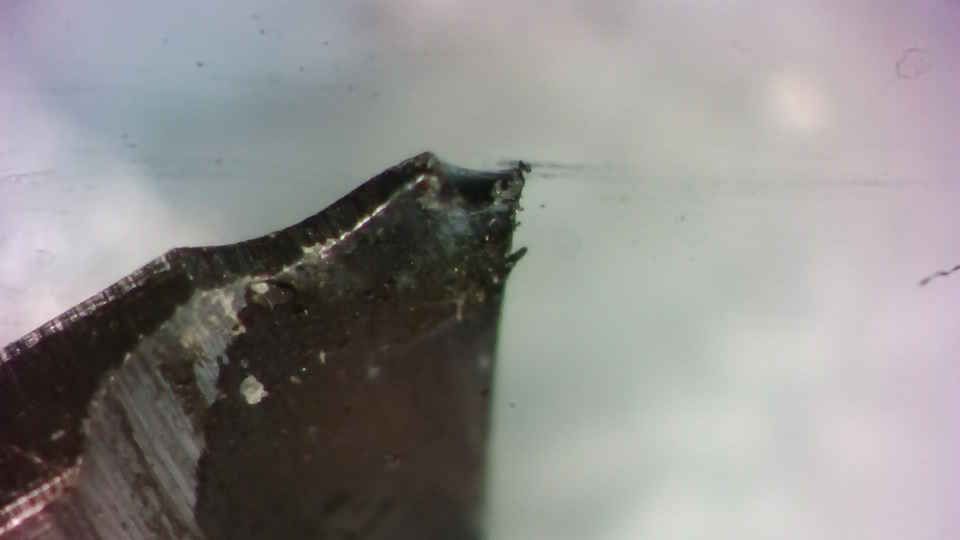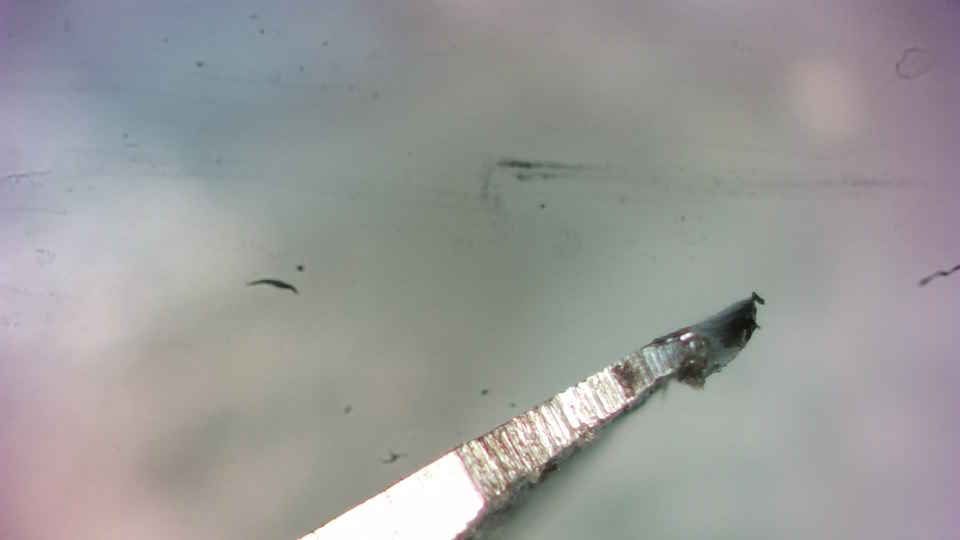Sorry, yet another question…i'll stop asking soon, least for a while, seem to have a head full of engineering at present.
Please share your toolbit grinding tips & tricks, i'm sure quite a few beginners would benefit from it.
When i bought my mini lathe, ooh, must be 10 years+ ago now, pre ground hss tool bits didn't seem to be available.
I started with some Chinese brazed carbides,,,,less said about that the better!!!!
So i quickly needed some hss blanks & a cheap grinder.
According to the specs, my mini lathe would take up to 3/8" toolbits.
Working on the theory bigger is stiffer that's what i went with along with (intuition must have prompted me ) some 'half size' 3/16" ones, just your basic chinese hss.
Some might scoff but i've found these to be adequate for most things, a couple of times i've machined unknown quantities which have quickly blunted the chinese hss & i've had to dig deeper. Trueing up my spindle register was one such occasion (had burrs roundthe bolt holes for starters)
Plenty of info on the WWW about grinding basic turning tools, so don't be lazy~go look!
After grinding a couple of 3/8" bits i kinda realised why smaller bits in toolholders are often favoured~ it takes forever!
That's my tip #'1~ use the smallest bit that's realistic.
Am i doing something wrong??
Literally hours to grind a 3/8" bit , don't ask how long a hssco8 took!
I have got the patience,I just don't want to upset the neighbours excessively.
Really am i getting something wrong? Any way to speed things up a bit?
That's another tip for beginners~ wear ear plugs, the bench grinder should run fairly quiet but once you get that hss engaged it gets pretty vocal!
Tip #2 if you're grinding an external threading tool definitely use a smaller tool bit, the cutting forces should be fairly low so no iron girder required~ it will enable you to get closer to that often present shoulder…& don't set the point to the midpoint of the tool either (I got that right 2nd attempt  )
)
Pre ground tool bits now seem more readily available, tried a couple from Arc recently, decent enough~ hardly seems worth grinding your own for the price? except you may need something not available off the shelf.
I've barely scratched the surface grinding my own as yet (no pun intended), It is kinda fun & rewarding (was very suprised & pleased with my home grown threading tools) but it does seem rather tedious.
My two favourite home grown tools are vertical shear (fine finishing) & a neutral/chamfer tool which i elected to use zero top rake on~ it still cuts steel ok,so long as i don't push it hard. See below as to why.
Both these tools are more or less infinitely re~grindable/ re~honeable. They will outlast their maker, that's for sure.
Please kindly share your tips & tricks.
Forgot one more tip #3~ I usually use 4" blanks~ if you think about what you are doing & grind appropriately you can have a tool at each end & a quick rotation of the toolpost will bring the second one into play. MIND THOSE FINGERS THOUGH!
Howard Lewis.








